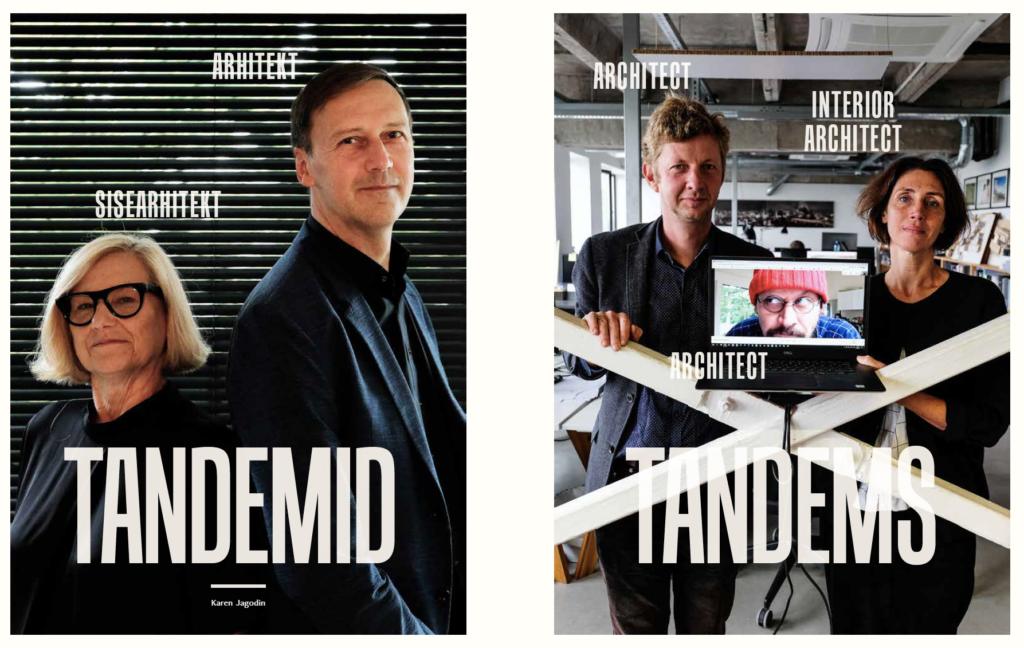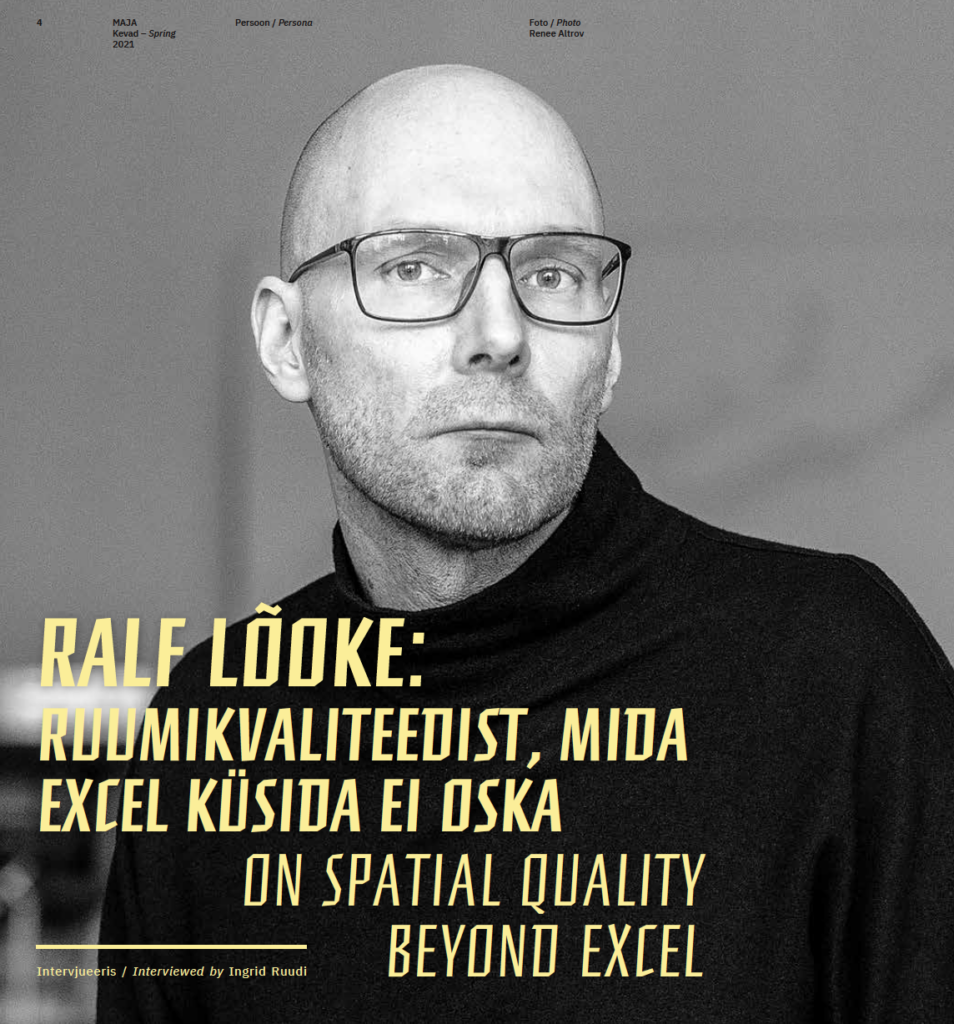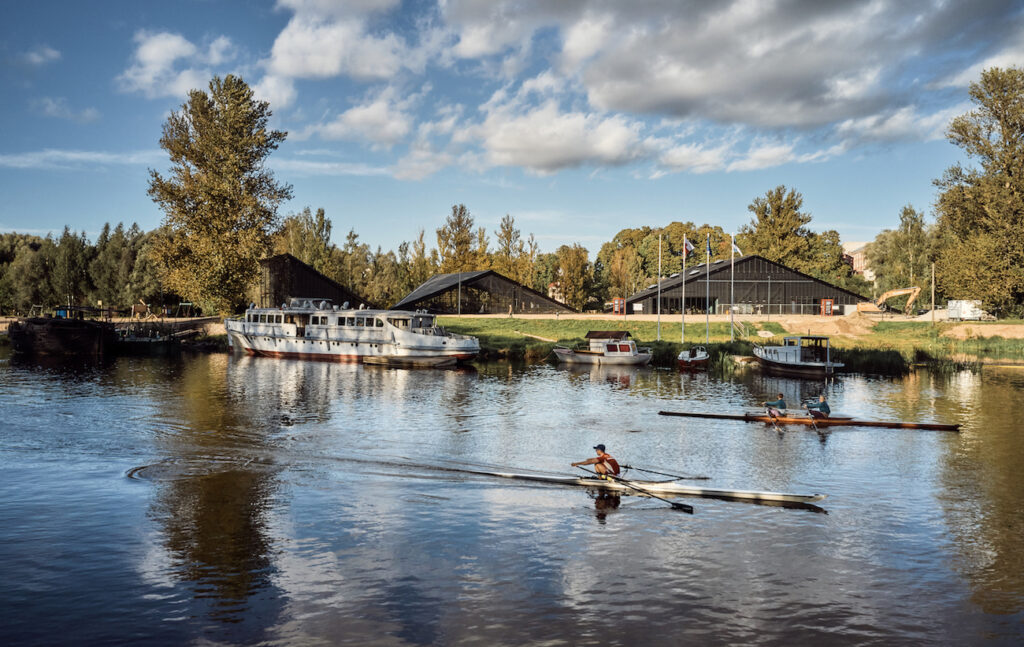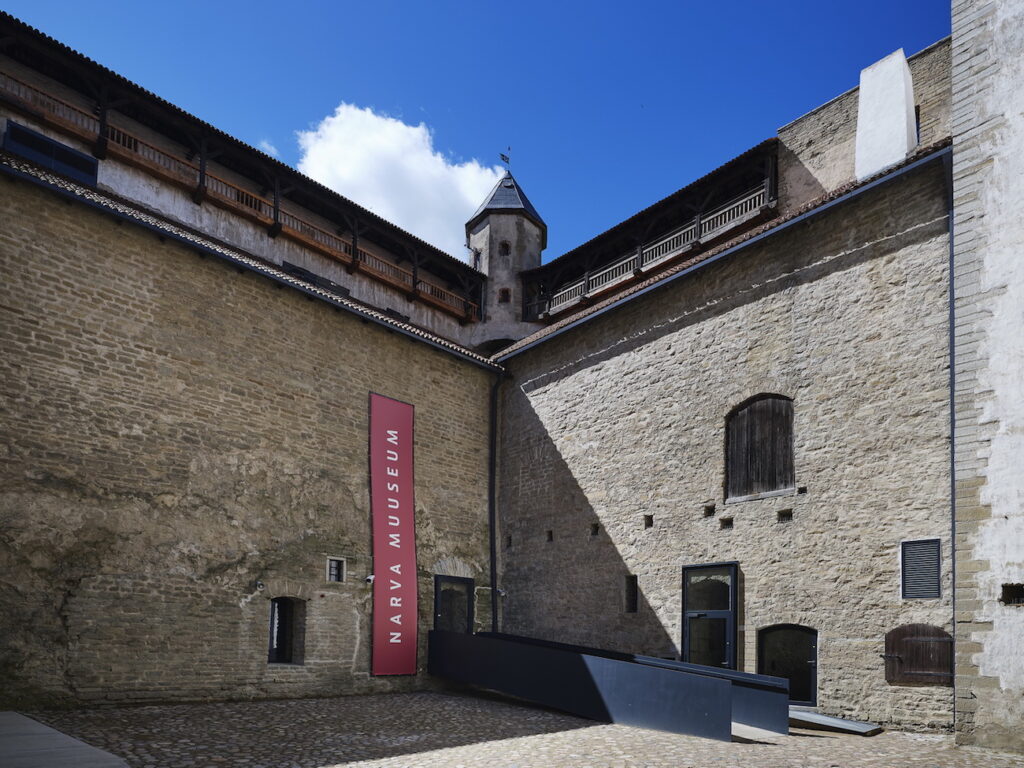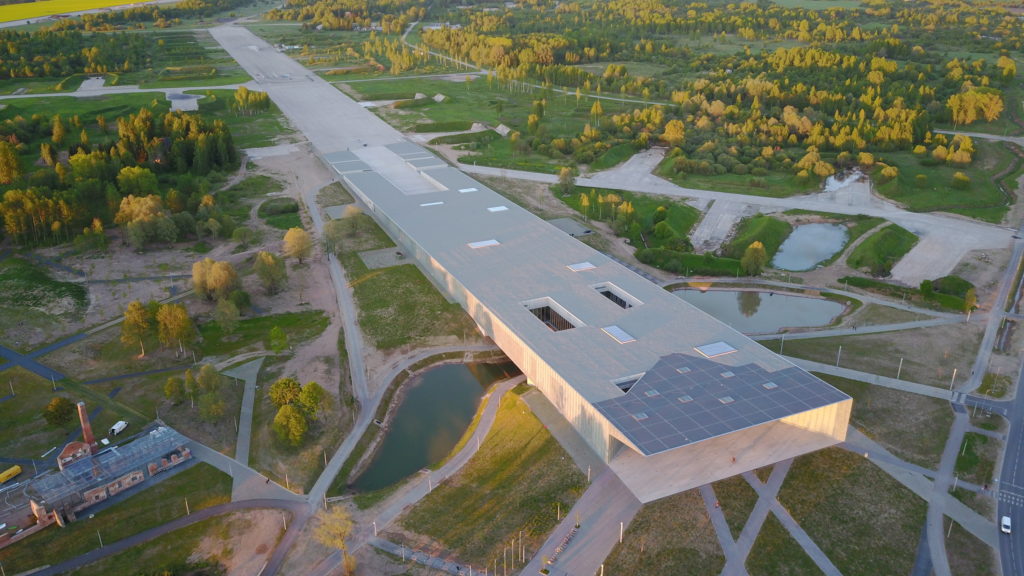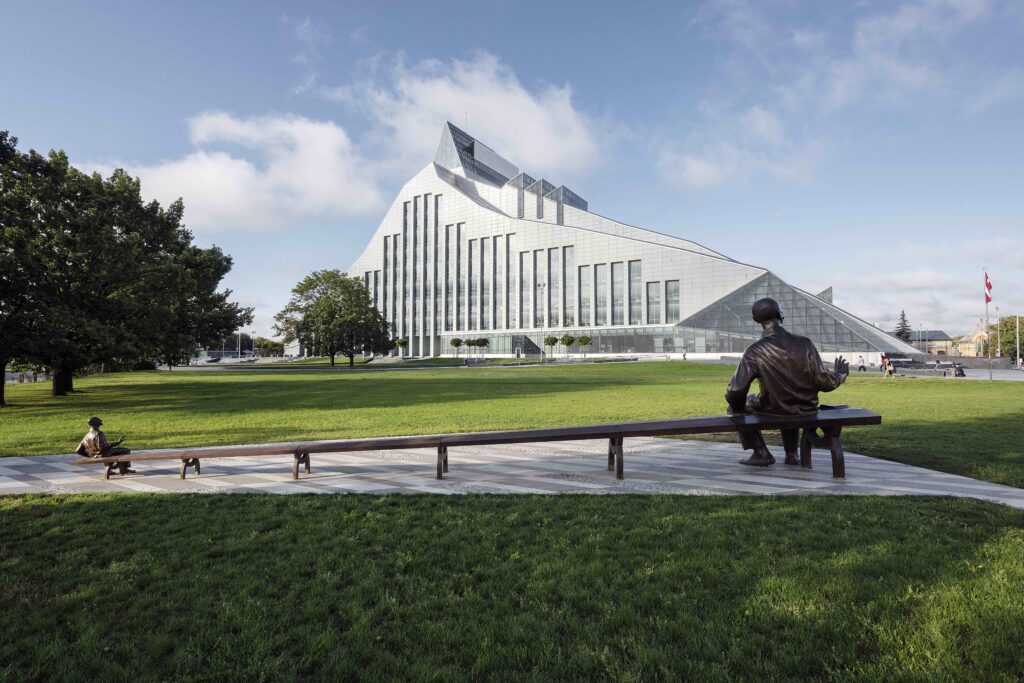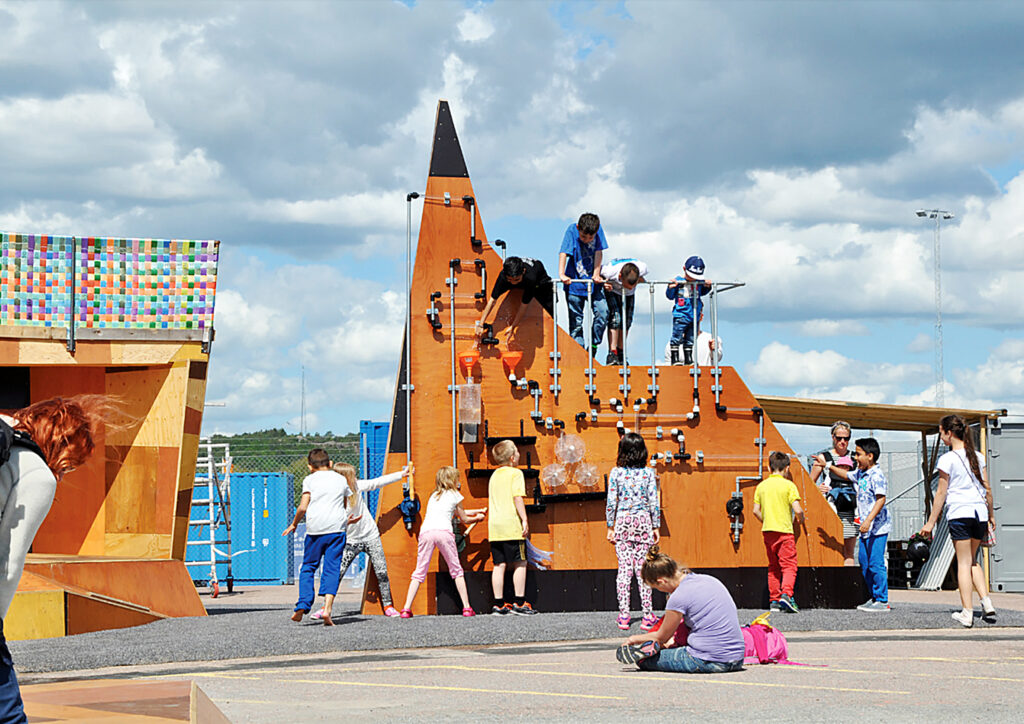For the current article, I spoke with two architect and interior architect tandems whose cooperation has become their preferred form of creative effort: Kalle Vellevoog and Tiiu Truus as well as Mihkel Tüür, Ott Kadarik and Kadri Tamme.
How does change in society reflect in architecture? In order to answer this question, we look back on the spatial design in the thirty years of regained independence. What kinds of spaces have accommodated us in the last three decades at work, in school and while enjoying culture? What have our homes been like?
Teist põlve arhitekt Ralf väidab, et tal ei ole eriala suhtes illusioone; seda muljetavaldavama järjekindlusega seisab ta projekteerimisprotsessis arhitektuurse tuumidee säilimise eest. Arhitektiks olemine defineerib Ralfi kogu tegevust ja maailmavaadet töötegemisest reisimiseni – võib-olla ainult muusikal õnnestub hetkiti samavõrdse tähelepanu eest võistelda. Küsis Ingrid Ruudi.
The buildings of Barge Yard wish not to reduce to inconspicuousness or to gently stroke the viewer’s gaze; they have a much broader agenda—to stand behind creative values even after solving the maze of practical questions.
How can human well-being and cognitive processes benefit from evidence-based design? We discuss it on the example of teaching and research facility in the Delta Centre of Tartu University and the creative house Vita of Tallinn University.
Rather than exhibiting objects and asking questions, the contemporary museum has become a place for experiences requiring submission to the logic of storytelling. Triin Ojari considers how the reconstructed Narva Castle relates to history and providing experiences.
Andres Sevtsuk is a Professor of Urban Science and Planning at the Department of Urban Studies and Planning at MIT, where he also leads the City Form Lab. Maroš Krivý is a professor of Urban Studies at the Estonian Academy of Arts.They shared their insights on current state and challenges of Estonian architecture.
There is no way to describe the current state of Latvian architecture without at least mentioning the so-called “large cultural buildings”. During the last decade, these have been the words constantly repeated by ministers, city mayors, directors of cultural institutions, and the media.
Gothenburg's Jubileumsparken is being designed with an open mind and all changes are welcomed with open arms: it is still unclear what kind of spatial disruptions will be implemented and where these manipulations will come into play. This depends on the parties involved and their reactions to the process.
The new building of Narva College features self-conscious architecture embodying the vitality of culture – mystery, courage and community.
No more posts

